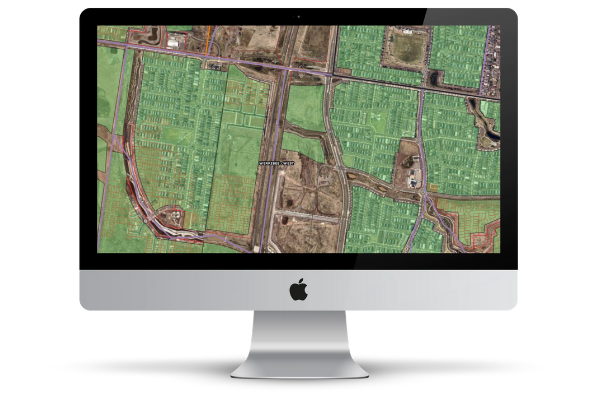0
Forecasts areas adjusted for the impact of COVID-19
0
Development sites analysed
0
Fewer dwellings forecast to be built by 2041 across Greater Melbourne alone
The demand story
Understanding the relationships between demographic change, household formation and residential development allows utilities to make informed decisions when planning network infrastructure and upgrades to services.
Where we fit in
We help Australian utilities make informed decisions about the timing and scale of infrastructure investment and upgrades. Our trusted forecasts combined with spatial analysis and a comprehensive view of future development reduces investment risk and time-consuming in-house analysis.
Forecasts that fit your catchment
Our population and dwelling forecasts are created at micro-geographies that combine to build custom forecast areas, so you can analyse the future population and dwellings for your catchment or service area.
Covid-adjusted demand modelling
Our responsive forecasting technology incorporates the latest data so you can understand how, when and where the demographic shifts of 2020 will impact residential development and demand for services.
Comprehensive development insights
You're constantly planning. We're constantly reviewing. Our detailed knowledge of local planning policies and development activity and tops-down view of population and dwelling demand allows us to provide an independent assessment of development timing to inform infrastructure planning.
Why single site analysis misses the big picture →
A comprehensive view of future development
Modelling future development activity in-house is time-consuming and unlikely to account for the broader demand drivers that determine if and when a planned site is ultimately built.
Our Universal Development Layer (UDL) gives a comprehensive view of the location and timing of future development sites.
A key input to our population forecasting work, the UDL is also available as a GIS layer for in-house planning models.

Questions? Speak with our team →
Our forecasting approach
Our population and dwelling forecasts are trusted to set electoral boundaries, plan infrastructure for national utilities, ensure our emergency services are adequately resourced and locate schools for tomorrow's children.
Combining demographic rigour with modelling that can respond to significant new information, we're proud to provide reliable, up-to-date insights for the organisations who plan our communities.
Why forecasting had to change →
-
Sophisticated modelling
Population change happens in cycles, not straight lines.
Our model accounts for the nuances of local demographics, and the unique role and function of places at different points in their lifecycle. Our forecasts are produced using a tops-down approach, ensuring consistency
-
Local development insights
For 20 years we have worked with local councils to provide independent population forecasts for local planning, giving us unrivalled knowledge of local planning policy and development.
-
Independent, single-scenario forecasts
Strictly independent, our forecasts provide planners with the most likely future population outcome given the latest known data for variables including local demographics, migration, dwellings and planned development.
-
Rigourous and responsive
We have built a population and dwelling forecasting model that respond to the significant demographic shifts such as those caused by COVID-19, including the massive reduction in overseas migration and the subsequent impacts on fertility rates, household sizes, future development and demand for services - all modelled down to a highly-localised geography.
Case study
Forecasting demand for utility infrastructure planning
This company provide water, recycled water and sewage services to one of the fastest growing regions in Victoria.



.png?width=500&height=500&name=NBN%20-%20Gray%20(2).png)


